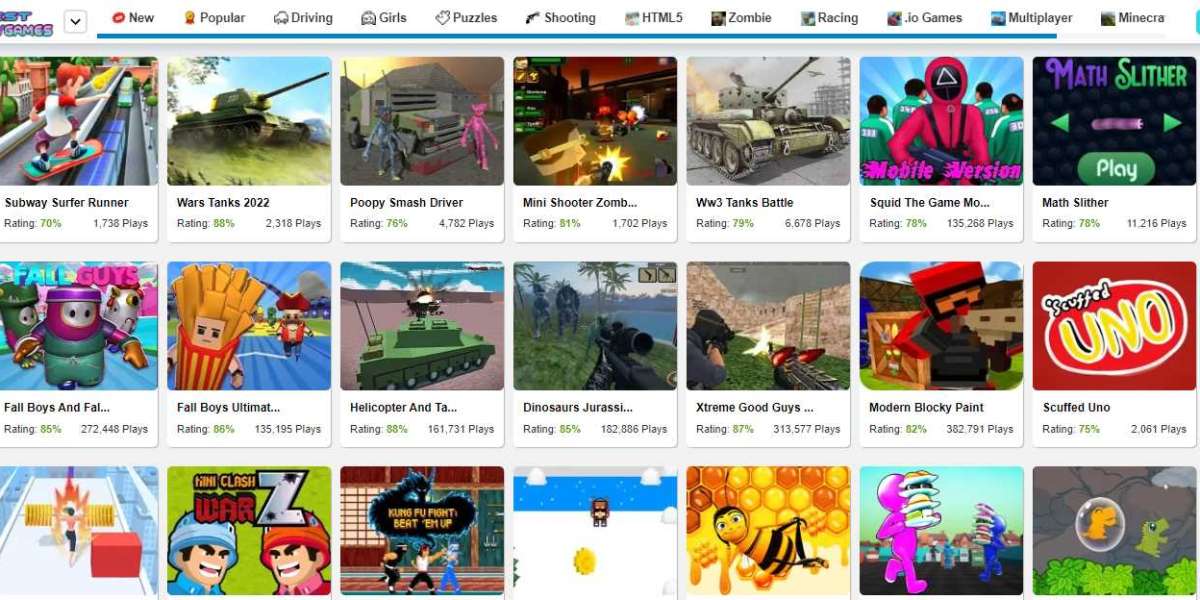Every new operating system comes with advanced and much improved features. What is exciting to some is not so to others. Basically within a new system each user has his or her own individual preferences. Windows Vista or Longhorn as it was first known is a replacement for XP and is the “new” desk operating system scheduled to be launched by December 2006.
Descriptions of Vista are glowing; it is seen as a vision of the future. High definition graphics, the ‘z’ level in organization, greater clarity, unbelievable security, and boundless thinking power are what it is about. The operating system is set to fulfill all needs, it has a secure and speedy start up, not just when booting but also when returning to active status from standby mode; improved and strengthened driver design which protects the os from crashing when other things go wrong; and an antiphishing device or filter that identifies and confirms phishing sites by using a dynamically updated database. Technically, the Vista uses an image-based installation thereby facilitating deployments by IT professionals. An advanced event log simplifies administrative tasks.
The October 2005 new test build of Windows Vista has fulfilled expectations by incorporating several new IE 7.0 features, new networking and diagnostic functions. Of all the most significant is the incorporation of the core of Microsoft’s Antispyware product in Vista. A key feature of the Vista system is deployment, the inter-dependent modules permits easy customization of Vista to fit individual needs. The WIM format allows a single image to be used or accessed by different computer hardware irrespective of individual language requirements, you can easily add or remove drivers, include updates and windows components offline without having to boot the operating system image.
The system comes with features like:
1. A new graphics engine that has easy navigation, toolbars with inbuilt intuition, high resolution graphics, movie action that is better that real-life, and easy to learn tools.
2. Revamped Windows Explorer with a next generation navigation structure, tool bars, and icons. The user friendly design incorporates clear glowing buttons and an interface that can captivate a user for hours together.
3. Virtual folders offer permanent storage with dynamic interaction possibilities.
4. The user account protection features shield you from rouge programs and security risk.
5. The system ensures easy installation of programs with “Click Once.” This energizes an installation experience by lending the function speed and security.
6. Error messages are handled by “Task Dialogues” an integral diagnostics that warns of a problem and helps with a solution.
7. New and improved technologies include, PNRP, Peer Name Resolution Protocol, a brand new technological revolution that enables applications to find and connect to one another; WWAN, a router; WLAN, indoor connector; VLAN, allows LANS to communicate; Wi - Fi, deals with radio frequencies.
8. A system where snap-ins to MMC can be moved up or down as per convenience.
9. Has XImage which is non-destructive.
10. Improved up-time with an automatic Restart Manager.
According to computer experts, Vista conquers new horizons while it takes technology into a new realm. It introduces joys of working along with hum drums like increased productivity. Whether or not the features commented upon and tested by many techies across the world will be incorporated in the final version of Vista is not certain as it will be decided by Microsoft based on surveys, marketing projections, costs, and technical reasons.








